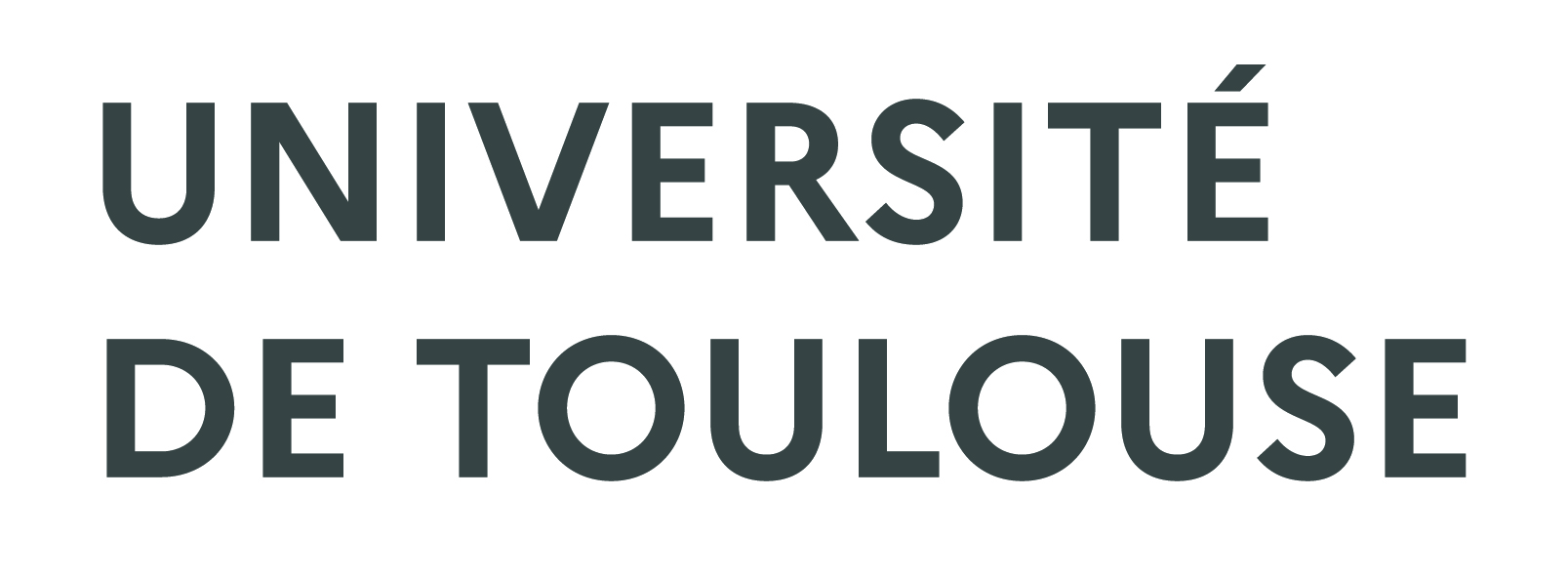Reactive Oxygen Species as the Brainbox in Malaria Treatment
Résumé
Several measures are in place to combat the worldwide spread of malaria, especially in regions of high endemicity. In part, most common antimalarials, such as quinolines and artemisinin and its derivatives, deploy an ROS-mediated approach to kill malaria parasites. Although some antimalarials may share similar targets and mechanisms of action, varying levels of reactive oxygen species (ROS) generation may account for their varying pharmacological activities. Regardless of the numerous approaches employed currently and in development to treat malaria, concerningly, there has been increasing development of resistance by Plasmodium falciparum, which can be connected to the ability of the parasites to manage the oxidative stress from ROS produced under steady or treatment states. ROS generation has remained the mainstay in enforcing the antiparasitic activity of most conventional antimalarials. However, a combination of conventional drugs with ROS-generating ability and newer drugs that exploit vital metabolic pathways, such antioxidant machinery, could be the way forward in effective malaria control.
Domaines
Sciences du Vivant [q-bio]| Origine | Fichiers éditeurs autorisés sur une archive ouverte |
|---|



